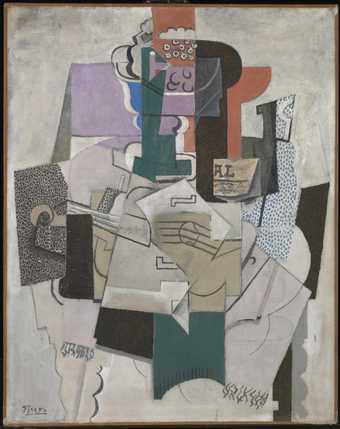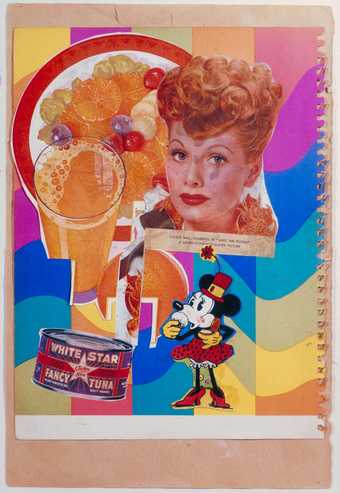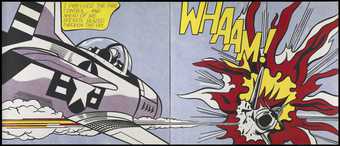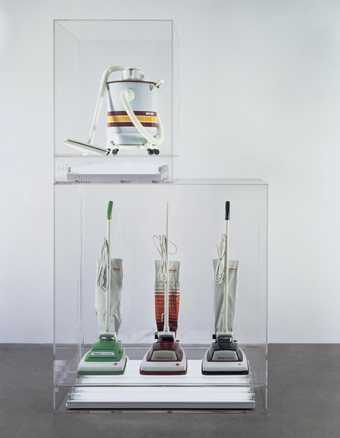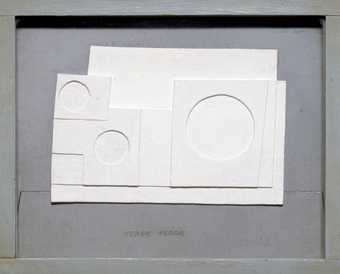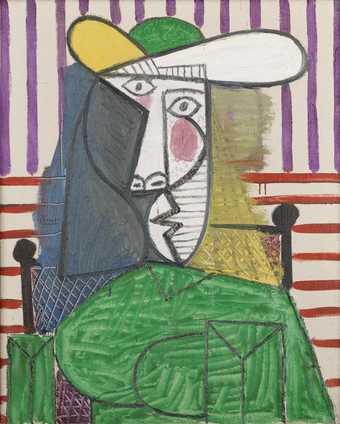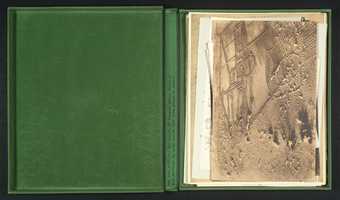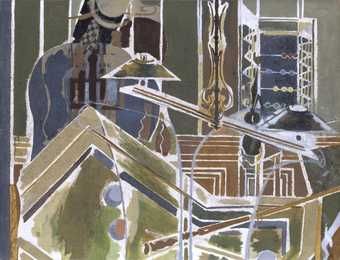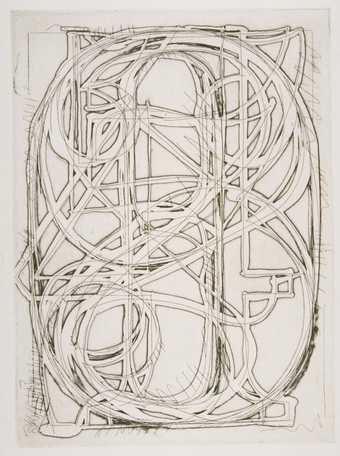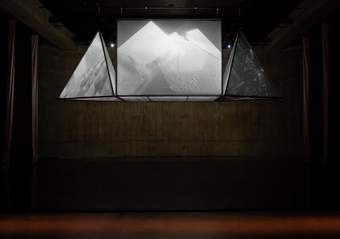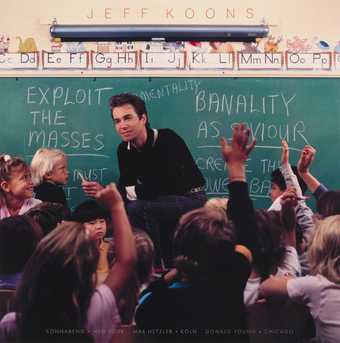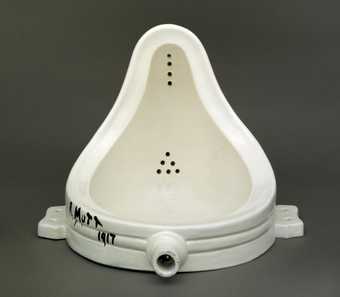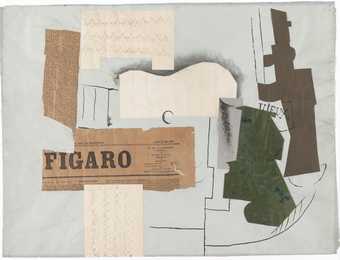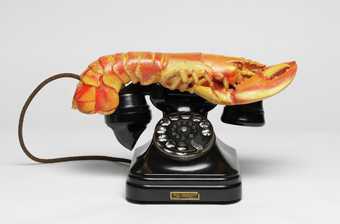
Salvador Dalí
Lobster Telephone
(1938)
Tate
© Salvador Dali, Gala-Salvador Dali Foundation/DACS, London 2024
Appropriation can be tracked back to the cubist collages and constructions of Pablo Picasso and Georges Braque made from 1912 on, in which real objects such as newspapers were included to represent themselves. The practice was developed much further in the readymades created by the French artist Marcel Duchamp from 1915. Most notorious of these was Fountain, a men’s urinal signed, titled, and presented on a pedestal. Later, surrealism also made extensive use of appropriation in collages and objects such as Salvador Dalí’s Lobster Telephone. In the late 1950s appropriated images and objects appear extensively in the work of Jasper Johns and Robert Rauschenberg, and in pop art.
However, the term seems to have come into use specifically in relation to certain American artists in the 1980s, notably Sherrie Levine and the artists of the Neo-Geo group particularly Jeff Koons. Sherrie Levine reproduced as her own work other works of art, including paintings by Claude Monet and Kasimir Malevich. Her aim was to create a new situation, and therefore a new meaning or set of meanings, for a familiar image.
Appropriation art raises questions of originality, authenticity and authorship, and belongs to the long modernist tradition of art that questions the nature or definition of art itself. Appropriation artists were influenced by the 1934 essay by the German philosopher Walter Benjamin, The Work of Art in the Age of Mechanical Reproduction, and received contemporary support from the American critic Rosalind Krauss in her 1985 book The Originality of the Avant-Garde and Other Modernist Myths.
Appropriation has been used extensively by artists since the 1980s.

